The rules of blackjack vary from country to country, state to state, city to city, casino to casino, and sometimes even from table to table within a casino, This was not always the case. When Nevada began offering the only legal blackjack games in the U.S. when the state legalized gambling in 1931, for about thirty years there were only two common sets of rules – Las Vegas rules and Reno rules. In both towns, the standard game was dealt from a single deck of cards, from which the dealer typically dealt out fifty of the fifty-two cards. The top card was burned, or turned over, onto the bottom of the deck, and the bottom card itself was never played. If the dealer ran out of cards in the middle of a round, he simply reshuffled the discard and continued play.
In both towns, player blackjacks paid 3 to 2, players could split and resplit any pair, and split aces received only one card each. In Las Vegas, the dealer waJ required to hit all sixteens and stand on all seventeens. In Reno, the dealer had to hit sixteens and soft seventeens, but stood on hard 17 and soft 18. In Las Vegas, players had the option of doubling down on any first two cards. In Reno, players could only double down on two-card totals of 10 or 11.
There were a few variations to these rules. Some casinos in Las Vegas allowed players to double down after pair splits. Some casinos in Reno allowed doubling down on 11 only. The insurance rule was invented in the late 1950s, and by the early 1960s, most casinos in both Las Vegas and Reno had adopted it.
Every other casino game praps is played the same way today that it was played fifty years ago. Roulette? No new rules in the past one hundred years or so. Baccarat? Same old game. Of all the traditional casino table games, blackjack is the one game in which, when you walk into an familiar casino, you have to ask what the rules are. And there are literally dozens rules variations.
Why? Because of card counters.
The big changes to the rules and procedures of blackjack started with the 1962 publication of Beat the Dealer, and the rules have been getting screwier ever since. Thorp’s book put a big scare into the casinos regarding the vulnerability of blackjack to intelligent play. Here’s a quick chronological rundown of what happened during that first five-year period of insanity:
1962: E.O. Thorp’s Beat the Dealer is published containing the Ten-Count system, designed for beating single-deck games. The book becomes a bestseller and players swarm into Nevada’s casinos to try their skill at counting.
1963: Nevada’s top gaming consultant, John Scarne, states publicly that card counting doesn’t work. He calls Thorp a fraud and a phony. Thorp keeps getting press and the card counters keep pouring into Nevada’s casinos. The casinos continue to add more and more blackjack tables to accommodate the crowds, but they also keep finding some players who are actually capable of using the Ten-Count. Scarne’s public statements that counting doesn’t work are having little effect on the general public. Independent analysts are praising Thorp’s system, and stories are spreading about some of the counters who are beating the casinos for substantial amounts of money.
1964: The Las Vegas casinos, distraught that some players are capable of legally beating them at a house game, change the standard rules of blackjack. Despite the fact that the casinos are raking in more money than ever from all of the incompetent card counters, the Las Vegas Resort Hotel Association announces that players in Las Vegas casinos will no longer be allowed to split aces, and doubling down will only be permitted on a two-card total of 11. Two weeks later, the casinos go back to their standard rules because their customers refuse to play against the new rules. John Scarne continues to tell players that card counting doesn’t work, while advising the casinos to stop dealing single-deck games and start dealing blackjack from four-deck shoes. He also starts telling players that it is dangerous to play in single-deck games, and that they should play in the “safe” shoe games only, which Scarne believes (incorrectly) were impossible to beat with card counting.
1965: Most of the Las Vegas casinos have switched to four-deck shoes. Some downtown casinos have adopted Reno’s hit soft 17 rule.
1966: The second edition of Beat the Dealer is published; it features the Hi-Lo count, a system that can handle multiple-deck games more easily than the Ten-Count. The counters keep coining. The public does not believe John Scarne’s pronouncements that card counting doesn’t work. Too many players are winning; casinos are making more money from blackjack than ever before in history, but they’re looking for a new way to deal with the few competent counters who can beat them. They hate the fact that some players can beat them.
The casinos’ search began for some combination of rules, payouts, dealing procedures, and number of decks that players would accept, but that would also leave the card counters with less opportunity for making a profit. As a result, today there are dozens of rule variations for blackjack.
By Elizabeth Tudor
If you are interested in the point of view expressed by Elizabeth Tudor, visit http://www.blackjackencyclopedia.com/library/rules-rules-rules-and-more-rules.html for more of his professional writing on a whole array of topics that relate people all around the world.

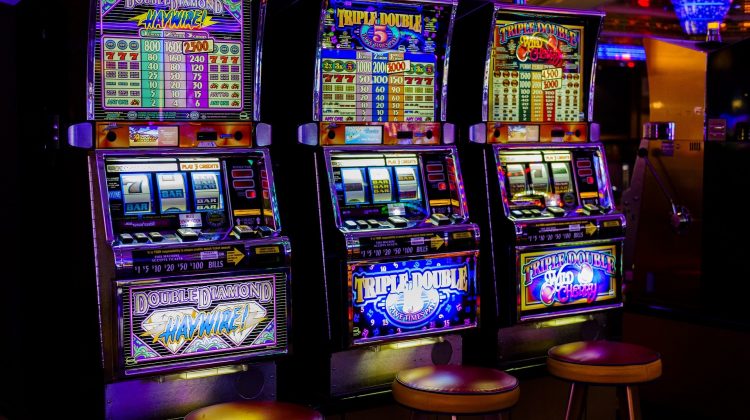
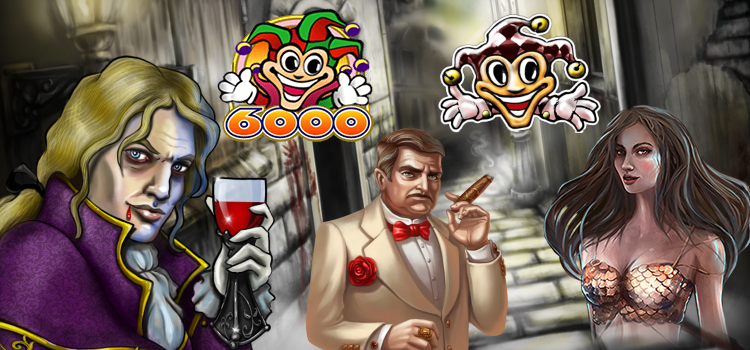
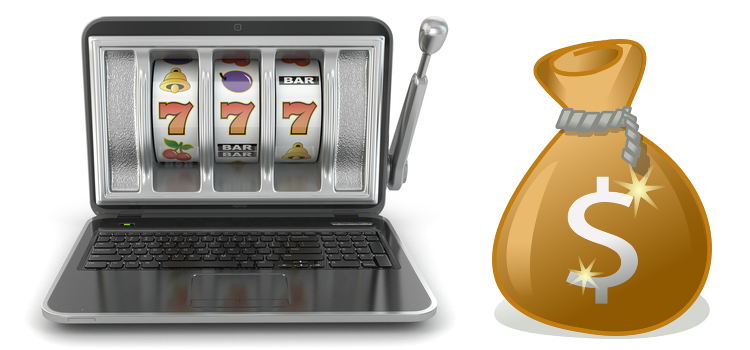




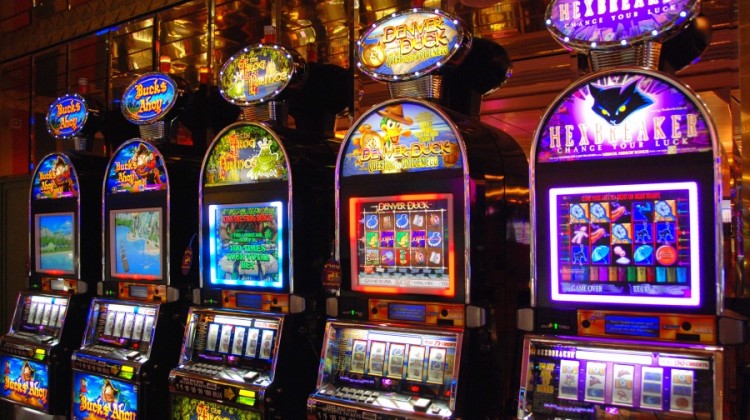
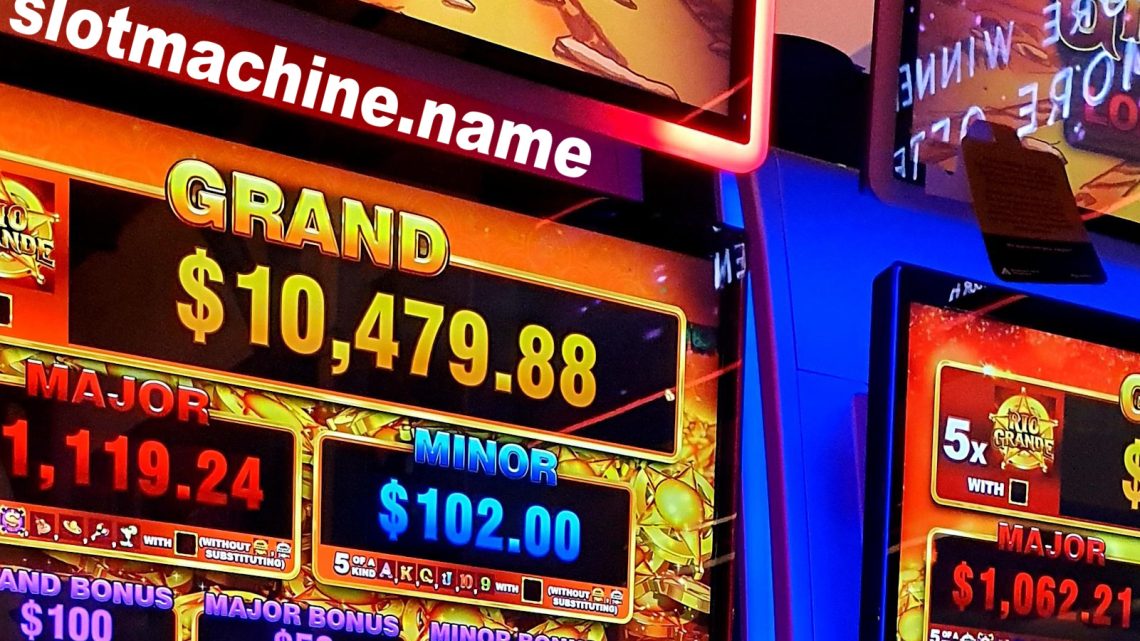
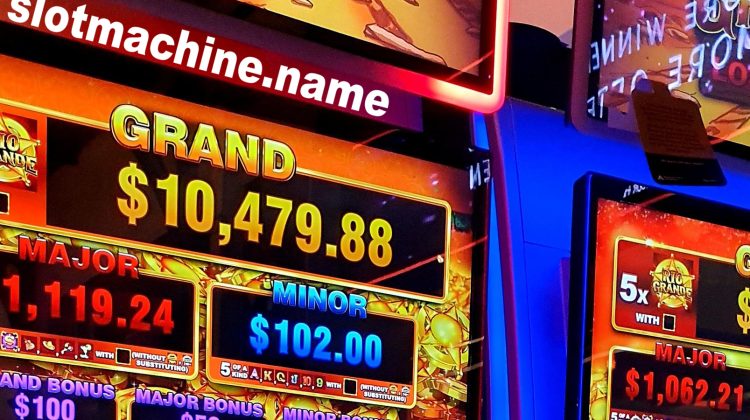
No Comment